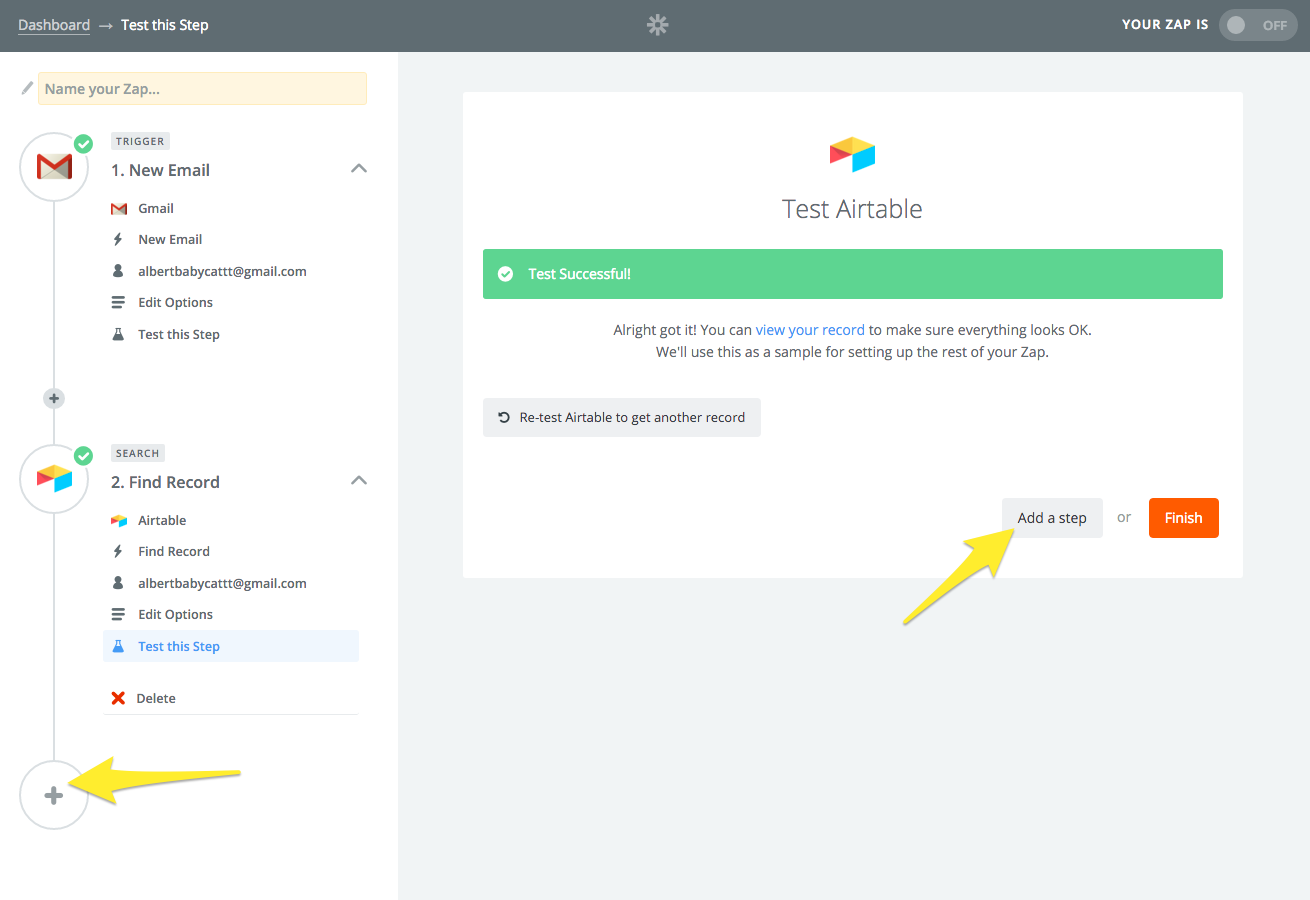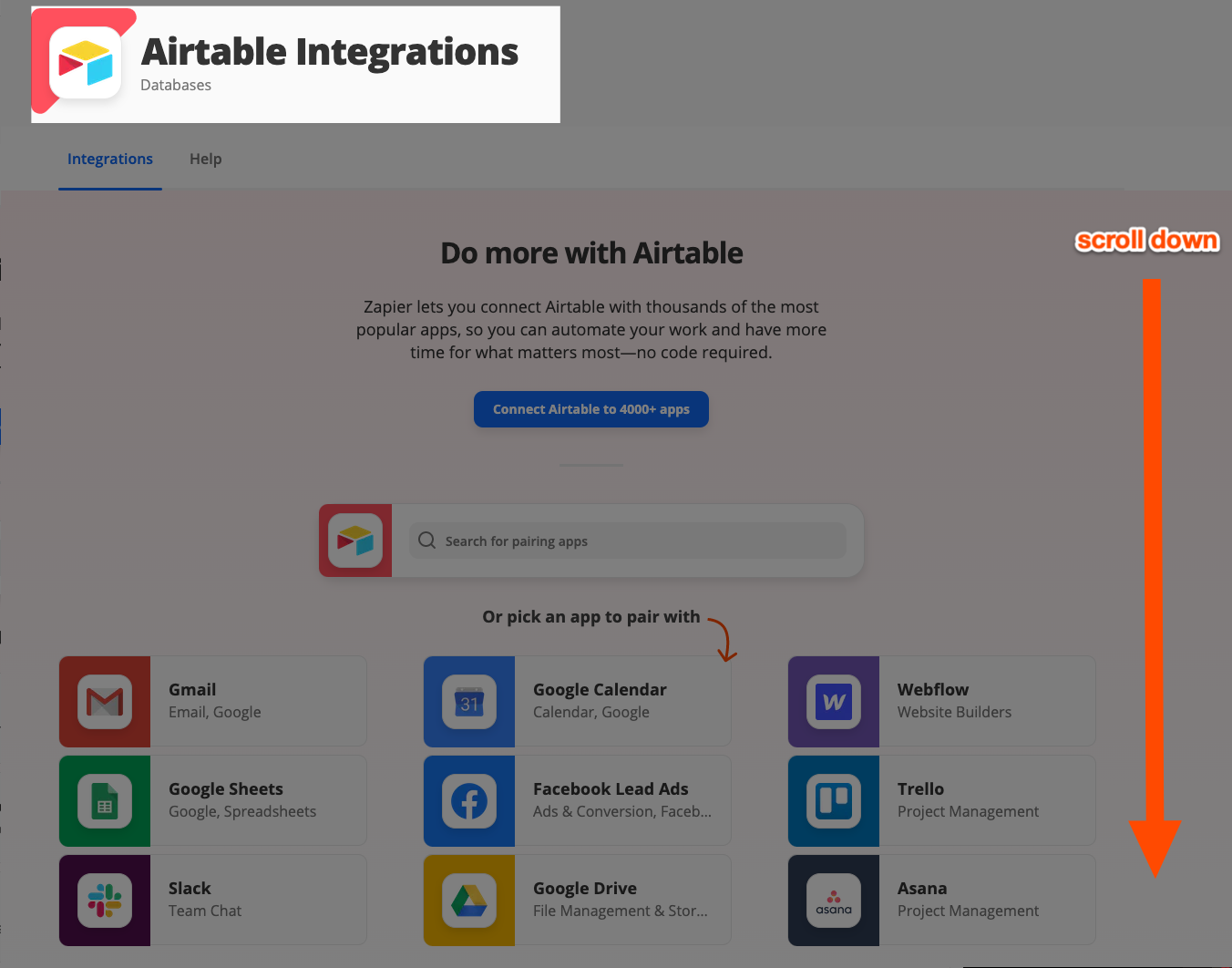

With a free Zapier plan, you can design Zaps with a single trigger and a single action. This is because, without a find action, Zapier doesn’t have any way of knowing which record needs to be updated. In nearly all cases, the record to be updated must have been specified by a previous Find record action. This action updates the values of specified cells in a specified Airtable record. If no records match any of the incoming data, you can also specify that a new record be created. This action searches a specified table in a specified base to see if the incoming data from the trigger app matches any of the existing records in the table. This action creates a new record in a specified table in a specified base, and populates the new record with data from the trigger app. When you select Airtable as an action app for your Zap, there are three possible actions that can be taken: There can be multiple action apps and multiple actions, but only one trigger app and one trigger. Whenever a specified event happens in the trigger app (e.g., for YouTube this might be "a video was uploaded to a specified channel", or for Tumblr this might be "I liked a post"), it triggers an action in the action app. The basic structure of a Zap is that there is a trigger app and an action app. You can learn more about the basics of integrating Airtable with other apps and services with Zapier by reading this support article.
ZAPIER AIRTABLE FIND HOW TO
This article is specifically designed to teach you how to design Multi-Step Zaps for the purpose of creating an integration that will automate the updating of Airtable records. Zapier is a third-party service that connects Airtable to many other apps and services.

If you are experiencing setup issues or need help troubleshooting this integration, we recommend you search threads in the Community first.While these articles are meant to serve as helpful guides for our customers, 1:1 support for integrations with 3rd party tools is limited in support interactions.


 0 kommentar(er)
0 kommentar(er)
